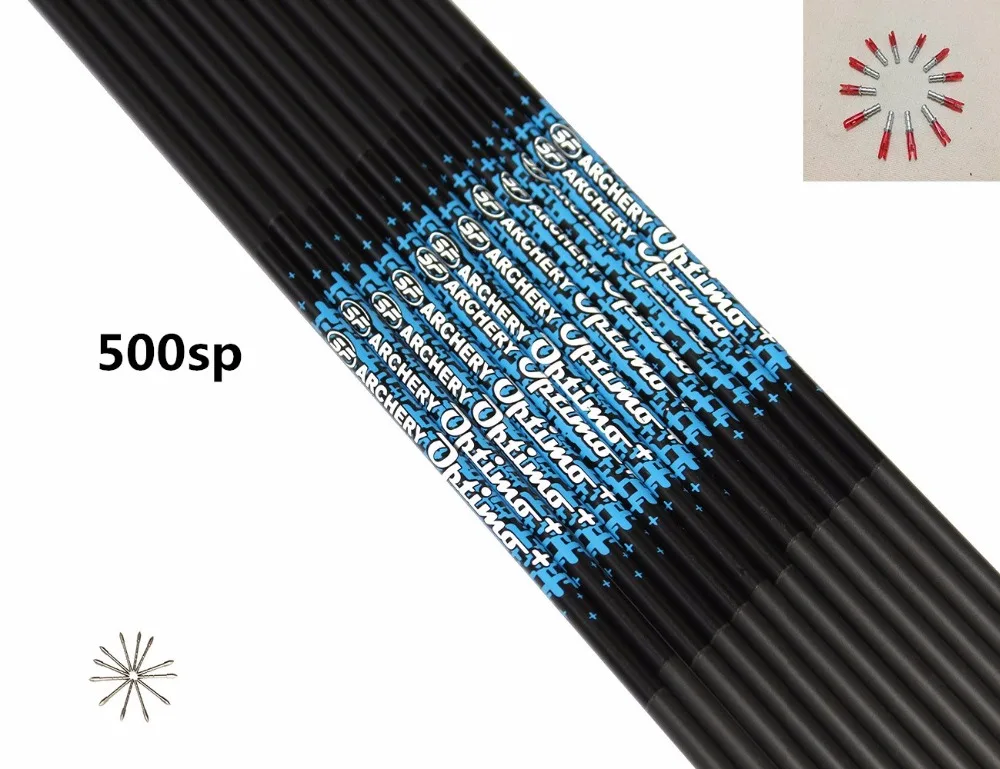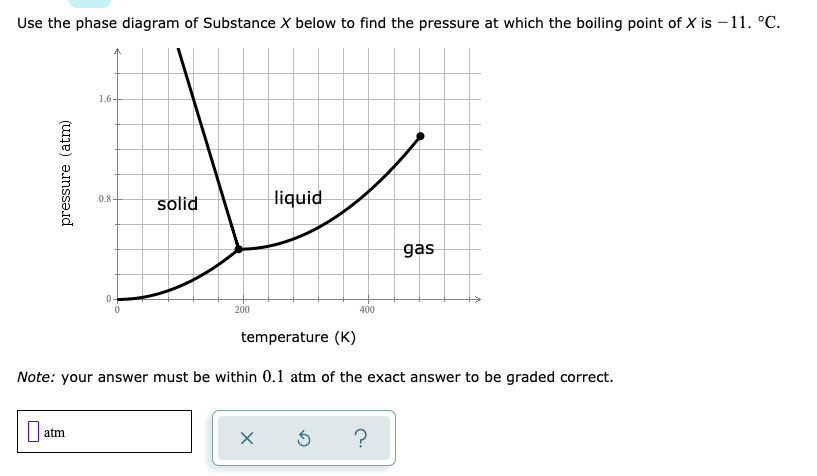

Hewitt, Edwin Stromberg, Karl (1965), Real and Abstract Analysis.(1974), Measure Theory, Graduate Texts in Mathematics, vol. 18, New York, Heidelberg, Berlin: Springer-Verlag, ISBN 978-8-9, MR 0033869, Zbl 0283.28001 ^ ( Rudin 1974, Section 6.9, The Theorem of Lebesgue-Radon-Nikodym).^ ( Hewitt & Stromberg 1965, Chapter V, § 19, (19.42) Lebesgue Decomposition Theorem).The Cantor measure (the probability measure on the real line whose cumulative distribution function is the Cantor function) is an example of a singular continuous measure.

Hence (singular continuous measures aside), Lebesgue decomposition gives a very explicit description of measures. Second, absolutely continuous measures are classified by the Radon–Nikodym theorem, and discrete measures are easily understood.

Lebesgue's decomposition theorem can be refined in a number of ways.įirst, the decomposition of the singular part of a regular Borel measure on the real line can be refined: ν = ν c o n t + ν s i n g + ν p p


 0 kommentar(er)
0 kommentar(er)
